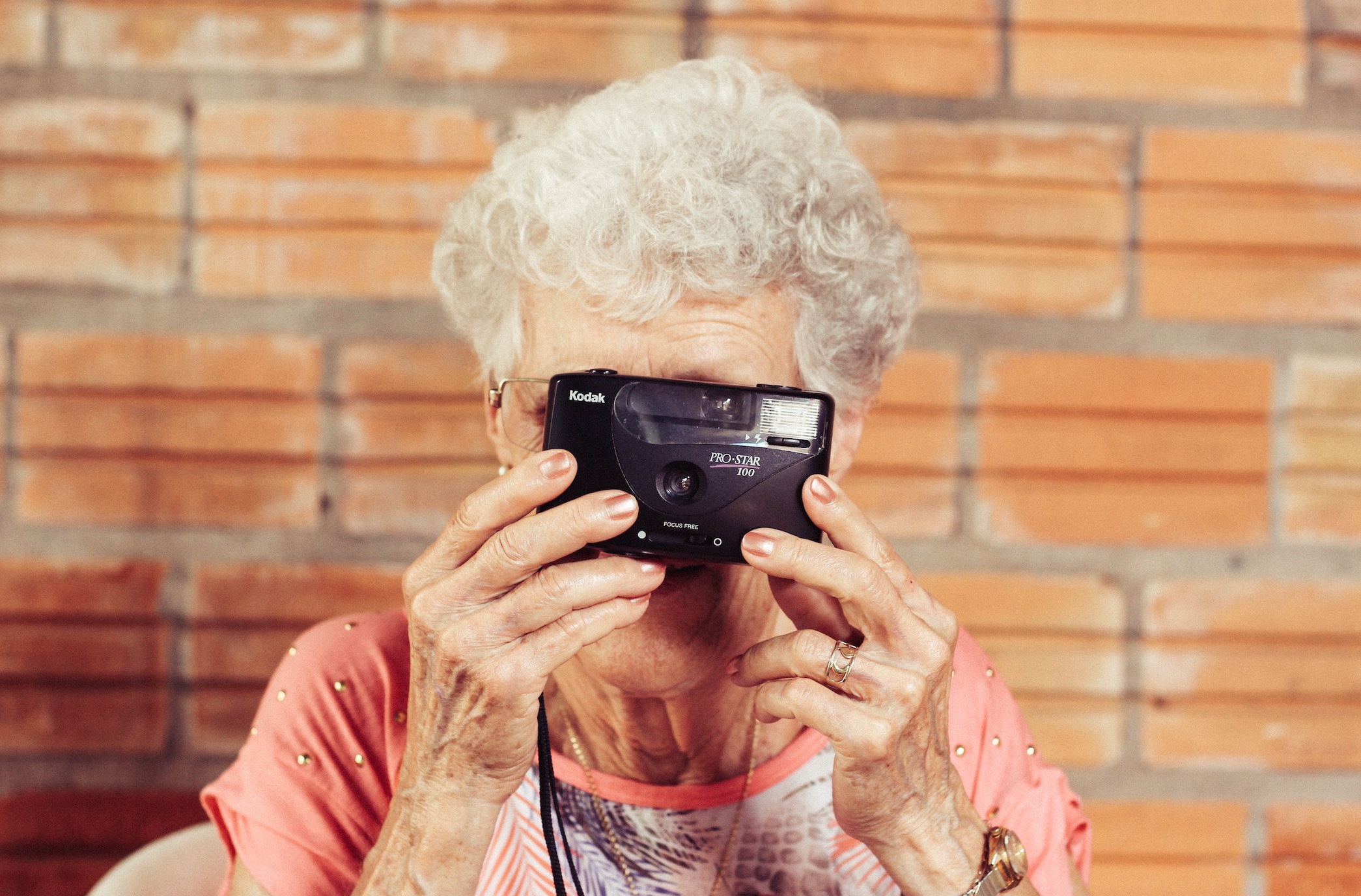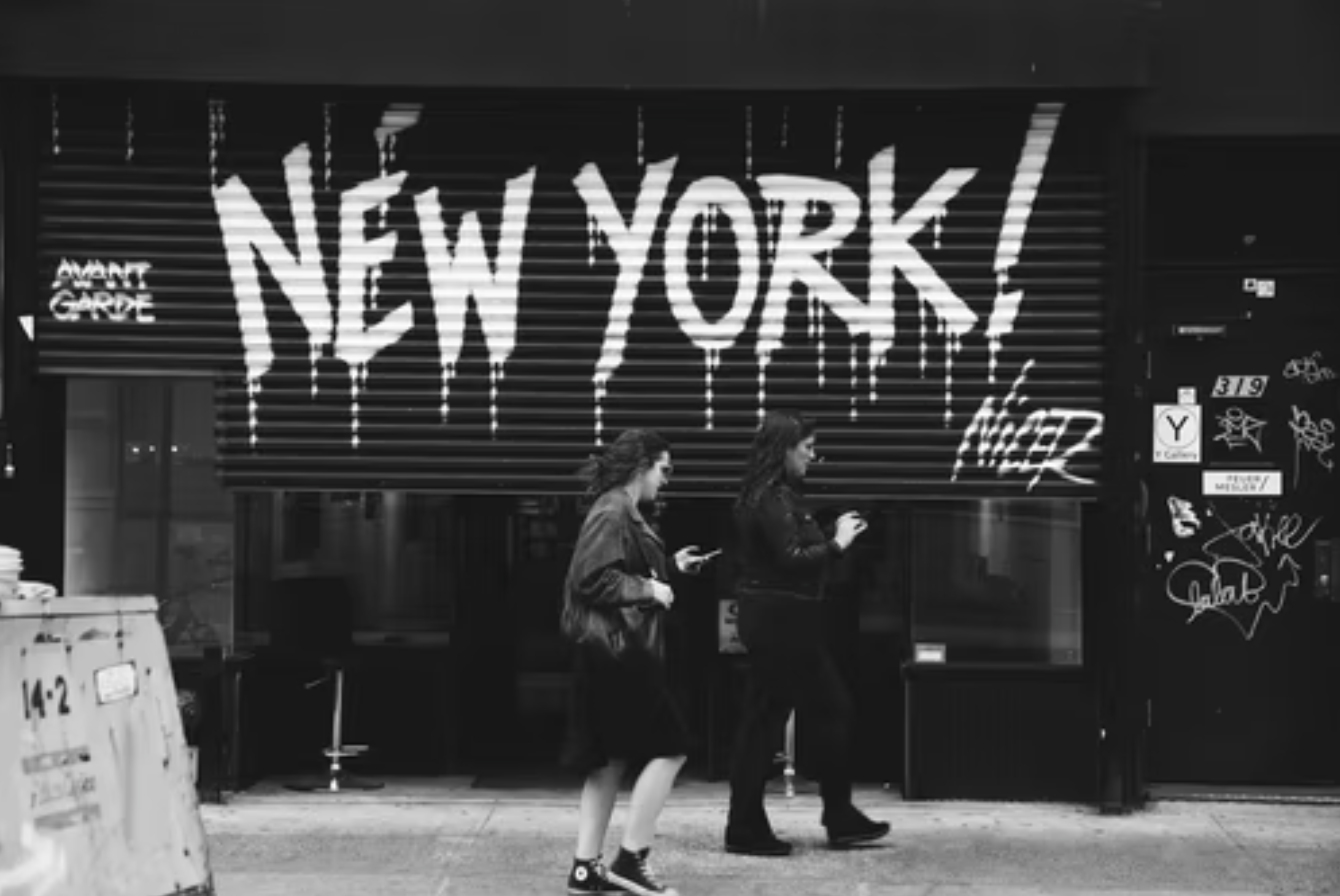It’s important to consider people’s privacy when taking pictures in public, though it is not necessary to delete your photos, even if asked.
Photographers have been hitting the streets for inspiration and material for decades. The works of many such artists are highlighted in a 2013 documentary entitled Everybody Street, which showcases several famous New York street photographers, such as Mary Ellen Mark, Jeff Mermelstein and Martha Cooper. Street photography has also become a recent fascination with photographers showcasing their work and methods on social media sites such as TikTok. Despite its popularity, the legality of street photography can be a complex and controversial topic in cities like New York.
Street photography is considered legal in New York as long as the photographer is not breaking any other laws, such as trespassing or obstructing pedestrian traffic. Photographers are generally allowed to take pictures of people, buildings, and other objects in public spaces, assuming they are not invading someone’s privacy.
Restrictions on Street Photography
There are some additional restrictions that photographers should keep in mind. For example, photographers can only take pictures of people in public spaces, such as parks, sidewalks and streets. Museums and restaurants are examples of private spaces where a street photographer could not freely take photos. Additionally, photographers cannot take pictures of people in a manner that is intended to cause distress or harm, such as taking photos up a person’s skirt or photos of someone undressed. Street photographers should also be aware that they generally cannot use photos of people for advertising or trade purposes without their consent. Photographers can show these photos in exhibits, unless the subject has opposed its use in such exhibit.
In New York, it’s also important to be aware of laws regarding photography in public transportation. The Metropolitan Transportation Authority (MTA) prohibits the use of ancillary photography equipment on its property, including subway stations, buses and trains. However, street photographers can still take photos of people and objects in these spaces, subject to the restrictions previously mentioned.
Know Your Rights as a Street Photographer

It’s important to consider people’s privacy when taking pictures in public, though it is not necessary to delete your photos, even if asked. Instead, you could explain the laws regarding street photography, offer to send them a copy of the photo, or just remove yourself from the conversation. Many street photographers also worry that they will be stopped by the police. Even though you are not required to answer questions or show officers your photos, this can be an easy way to prove you are doing nothing wrong, and the police may allow you to continue your work.
Overall, street photography can be controversial, but photographers do have the right to take pictures of people, buildings, and other objects in public spaces. Following the guidelines outlined herein can help you pursue your craft while avoiding unnecessary conflict.


Join the conversation!